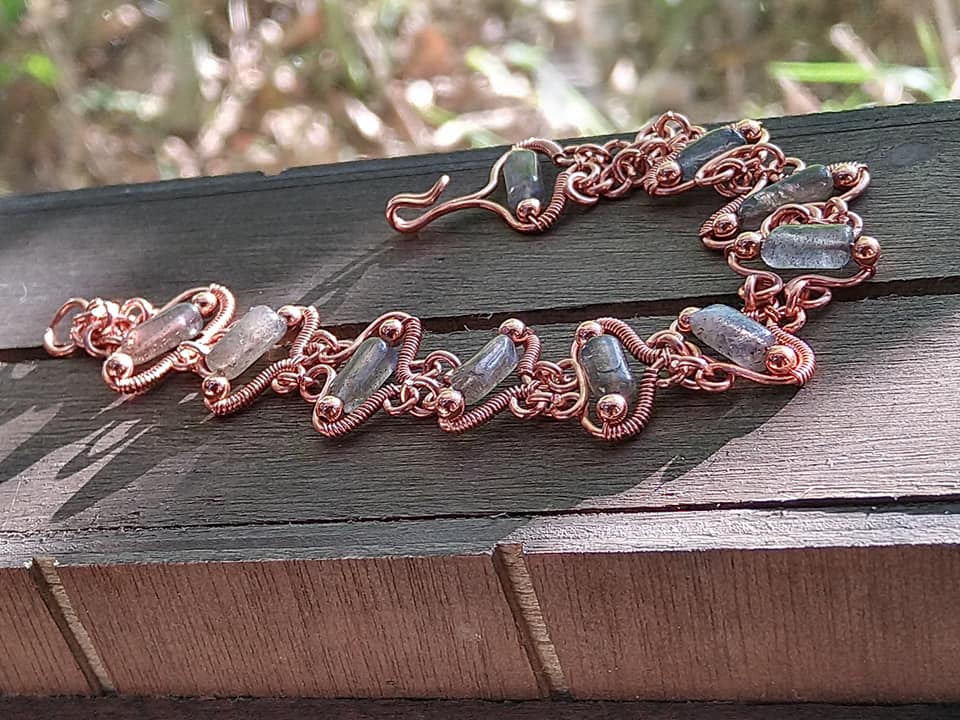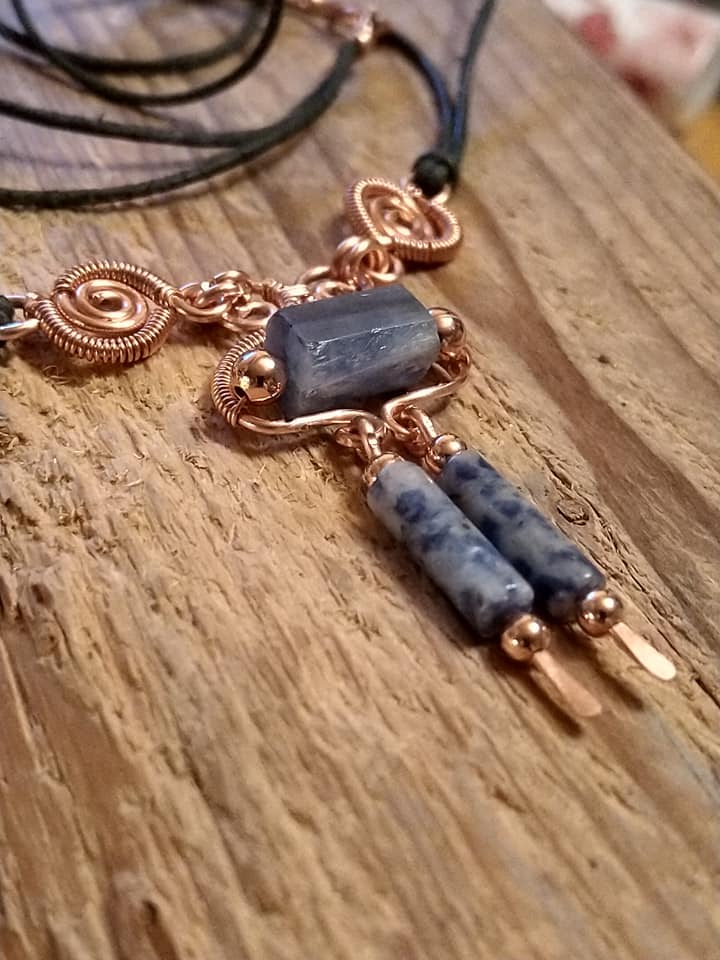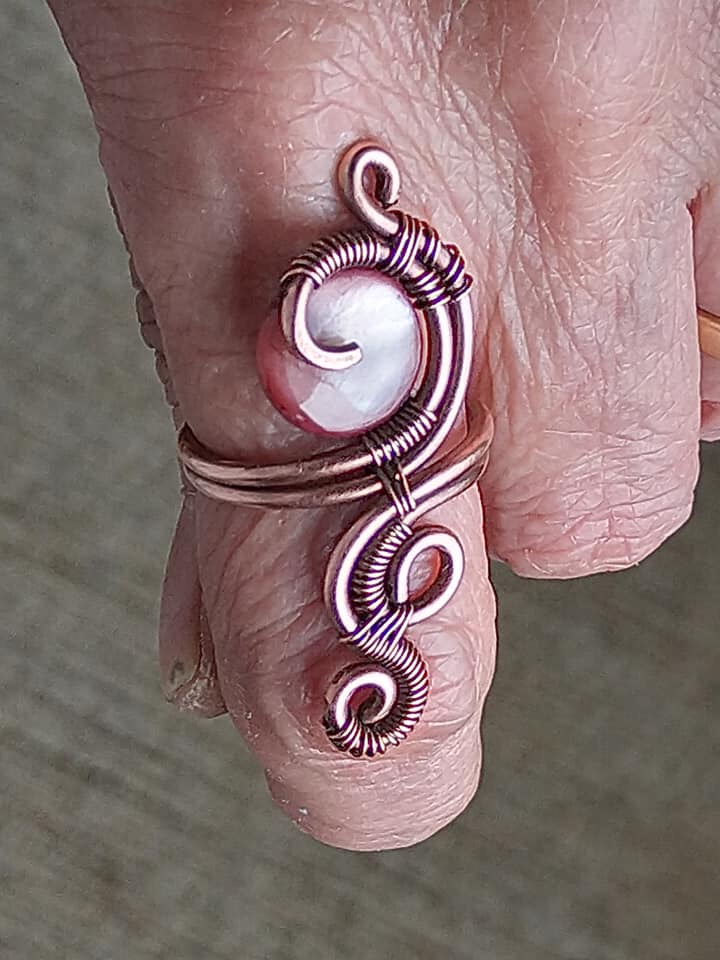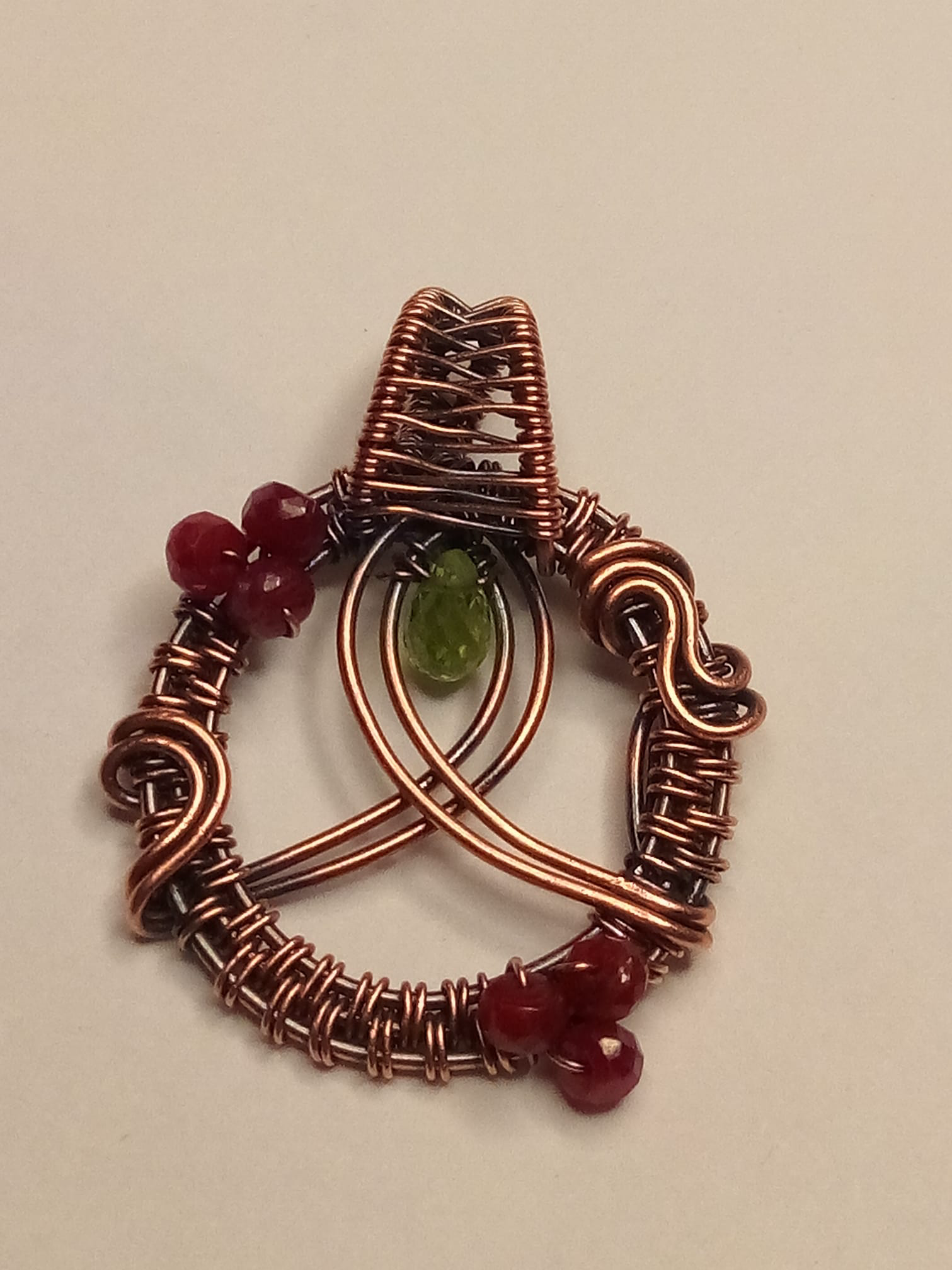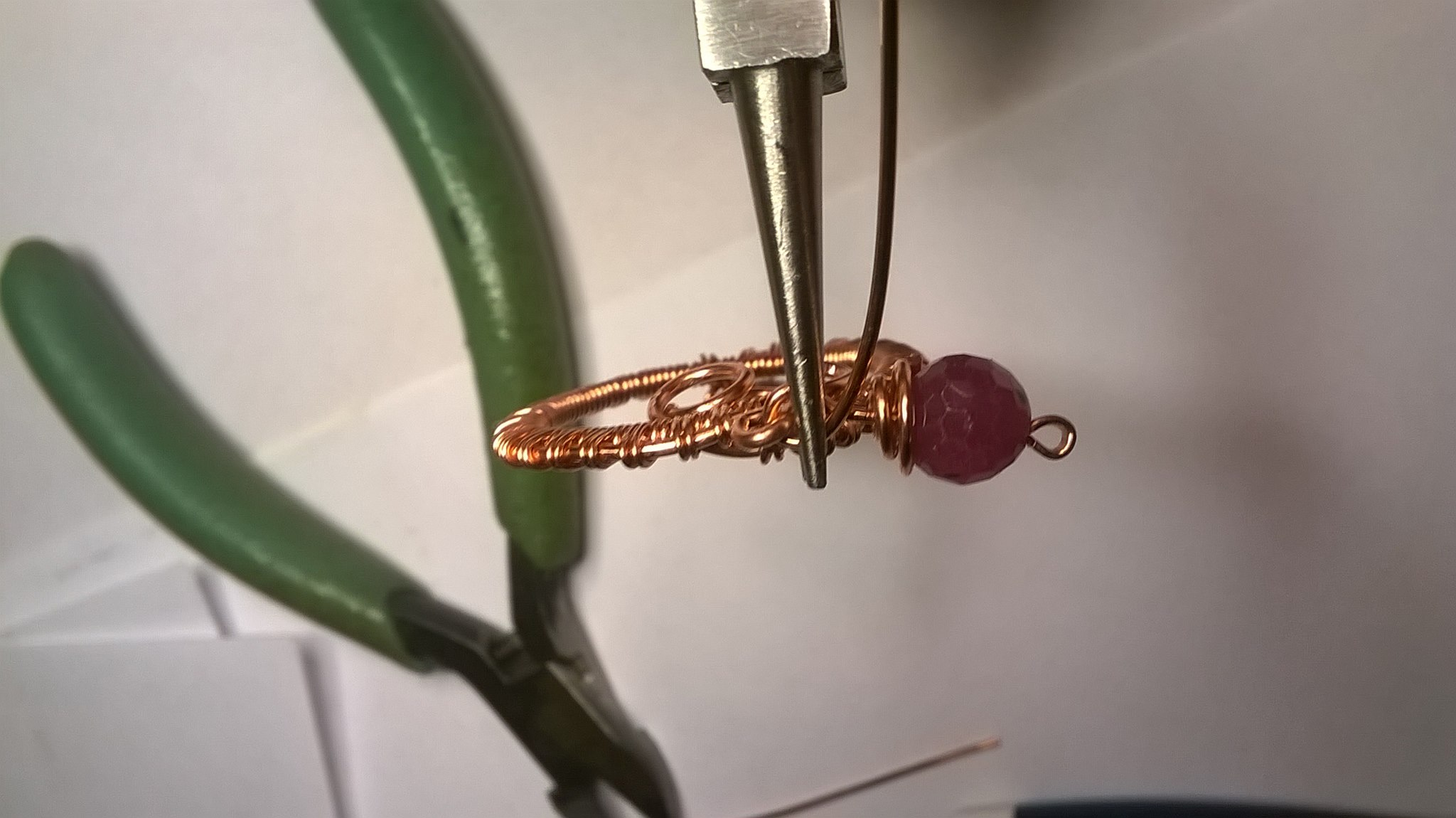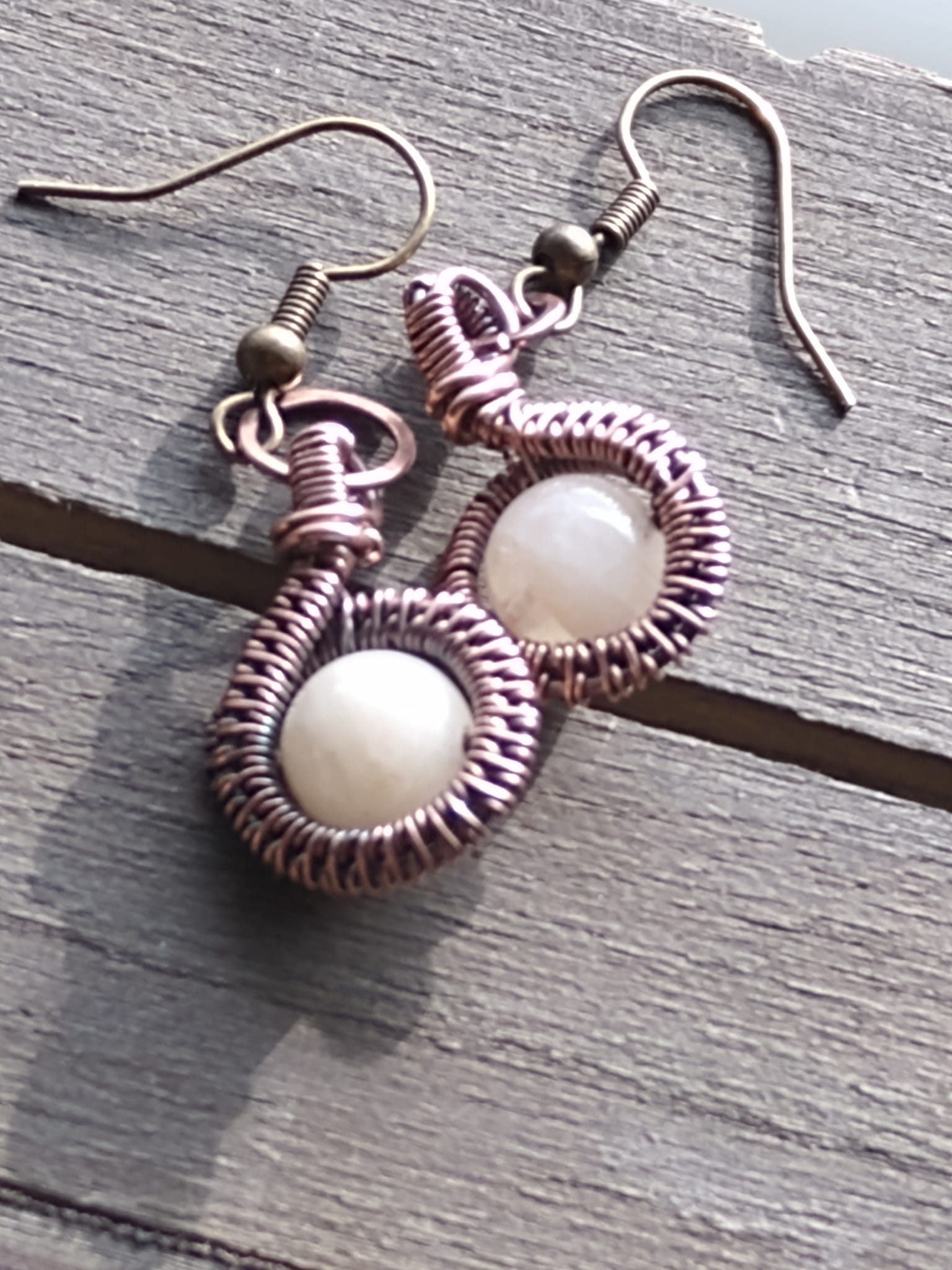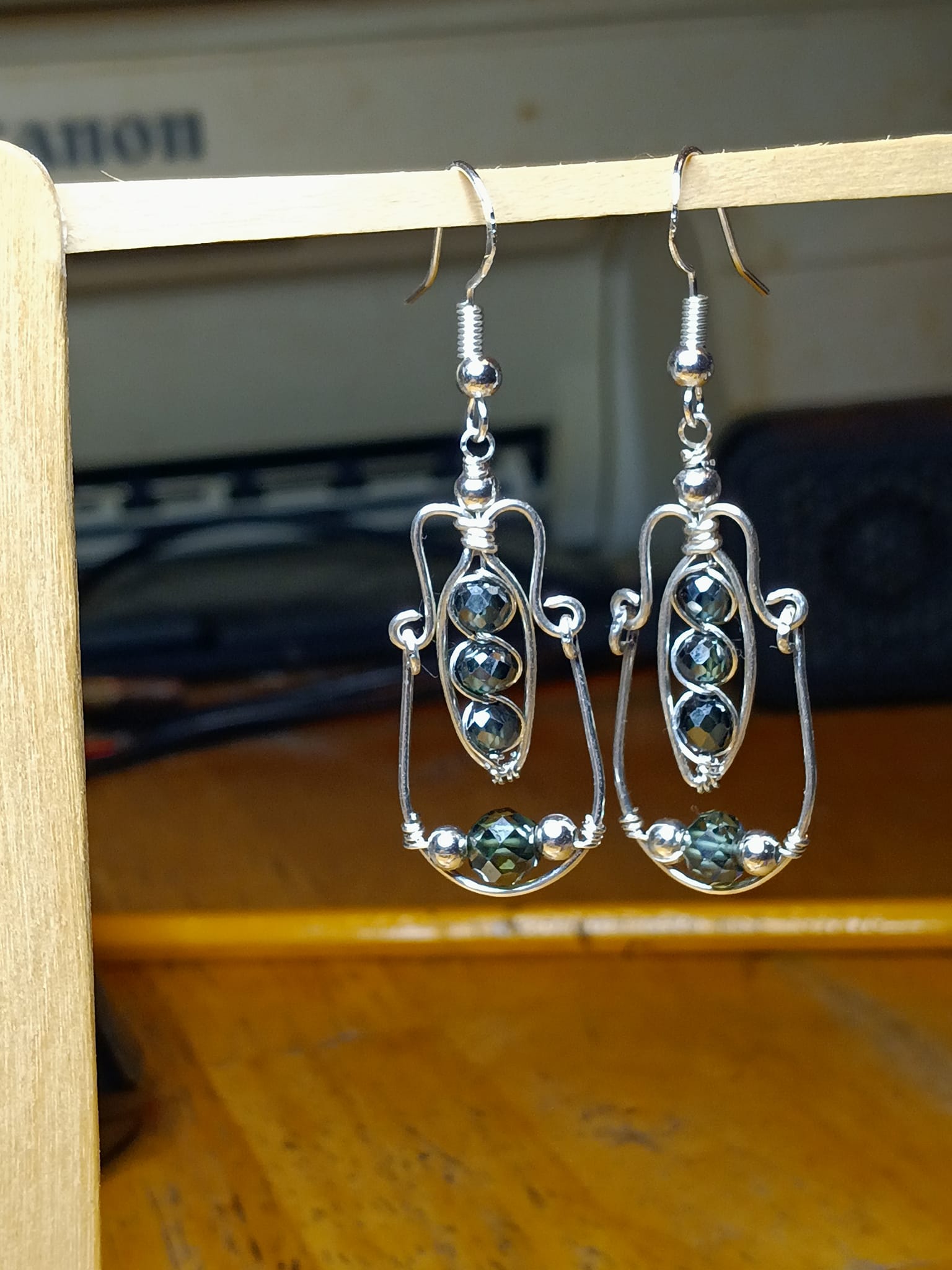
Everyday I’m asked the same questions about wire wrapping. So to help you along the way, I created this page of the most commonly asked questions. This is for the beginner. Just starting out can be overwhelming.
I hope this page can help you start a new journey in our amazing world of wire crafting
For someone just starting out, the best solution is to pick up dead soft copper wire. It’s the least expensive and common to use from practice to completed projects, ready to be shipped. Below are the best gauges to start with
| Wire Type | Short Description |
|---|---|
| 20 Gauge | 20 gauge is best to start with. You can use this for the frame/base in your projects. Can also be used alone. You’ll get into half hard later. Right now stick to dead soft wire. |
| 26 gauge | For a wrapping/weaving wire, I suggest 26 gauge to start with. It’s a happy medium, so to speak, but the best to start with. You’ll become more comfortable and confident the more you wrap and weave. And yes, use dead soft. You can follow a 2 wire tutorial I have. It’s real easy and will definitely help you build a comfort zone |
| Dead Soft | Wrapping with dead soft will allow you to manipulate the wire easier, as well as it will stay in place with little to no spring back. |
Basic tools can take you a long way. A small list below will help you start and complete many projects
| Tool Type | Short Description |
|---|---|
| Flat Nose | Flat jaws that are perfect for griping and bending wire. |
| Round Nose | Top and bottom jaw are round. Usually tapered. Used most by wire wrappers for loops, swirls, jump rings, and more. |
| Nylon Flat Nose | Not the best for a good grip when you are just starting out, but a must for straightening, and to help hold wires in place when needed. Not a good hold, but a great help for beginners. |
| Wire Cutters | They’re a must. You will first need a regular pair of wire cutters. They’ll be fine for a while. Eventually you’ll need to upgrade your tool box |
| Measuring Tool | A regular ruler will do the trick for starters. |
| Files | Wire Ends are sharp. A set of good files will last a life time. |
| Hammer | Not necessary as a beginner but a great deal of fun. lol A flat with ball point is a common hammer. |
| Anvil | For hammering on. Can be a piece of steel but you’ll want it smooth |
| Mandrel | Again not necessary for starting out. But will be necessary if you want to create rings for clients |
The above is a starting point only. As you get better at your skills, you’ll add more to your own tool kit and work benches.
I’m still adding to this page. I hope this can get you started and you’ll stop by again for updates.




 December 20th, 2021
December 20th, 2021  admin
admin 
 Posted in
Posted in  Tags:
Tags: 